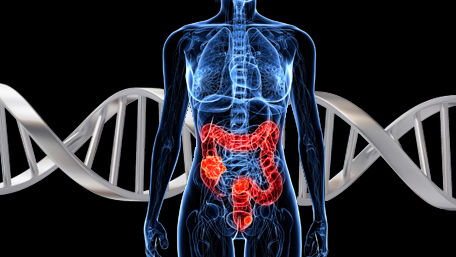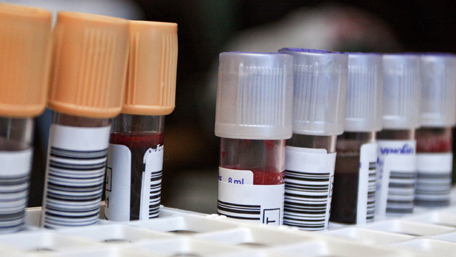
11/09/2021
Hot Topics of the Day are picked by experts to capture the latest information and publications on public health genomics and precision health for various diseases and health topics. Sources include published scientific literature, reviews, blogs and popular press articles.
Sign up MyPHGKB to receive the daily hot topic email alert.
Archived Hot Topics of the Day By Date
Evaluation of the BNT162b2 Covid-19 Vaccine in Children 5 to 11 Years of Age
EB Walter et al, NEJM, November 9, 2021
Molecular basis of immune evasion by the Delta and Kappa SARS-CoV-2 variants
M McCallum et l, Science, November 9, 2021
Monitoring key epidemiological parameters of SARS-CoV-2 transmission
MUG Kramer et al, Nature Medicine, November 8, 2021
Describing the population experiencing COVID-19 vaccine breakthrough following second vaccination in England: A cohort study from OpenSAFELY
ACA Green et al, MEDRXIV, November 8, 2021
SARS-CoV-2 specific T cell and humoral immune responses upon vaccination with BNT162b2
JS Takeushi et al, MEDRXIV, November 8, 2021
Risk factors for severe PCR-positive SARS-CoV-2 infection in hospitalized children: a multicenter cohort study
T Schober et al, MEDRXIV, November 8, 2021
Surveillance of COVID-19 in a Vaccinated Population: A Rapid Literature Review
O Egunsola et al, MEDRXIV, November 8, 2021
Should Children Be Tested for Hereditary Cancer Syndromes?
G Hurst, Cure magazine, November 8, 2021
Why the United States Needs a National, Coordinated Biobanking System.
Compton Carolyn et al. Annals of internal medicine 2021 11
Racial and Ethnic Disparities Among Participants in Precision Oncology Clinical Studies
CM Aldriguetti et al, JAMA Network Open, November 8, 2021
Disclaimer: Articles listed in Hot Topics of the Day are selected by Public Health Genomics Branch to provide current awareness of the scientific literature and news. Inclusion in the update does not necessarily represent the views of the Centers for Disease Control and Prevention nor does it imply endorsement of the article's methods or findings. CDC and DHHS assume no responsibility for the factual accuracy of the items presented. The selection, omission, or content of items does not imply any endorsement or other position taken by CDC or DHHS. Opinion, findings and conclusions expressed by the original authors of items included in the Clips, or persons quoted therein, are strictly their own and are in no way meant to represent the opinion or views of CDC or DHHS. References to publications, news sources, and non-CDC Websites are provided solely for informational purposes and do not imply endorsement by CDC or DHHS.
- Page last reviewed:Feb 1, 2024
- Page last updated:Apr 18, 2024
- Content source:





